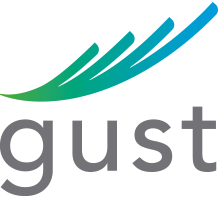
Latam Accelerator Report 2016
#LatamAcceleratorReport
Introduction
Over the last few years, accelerators and the programs they operate have become key players
within startup ecosystems, helping thousands of founders build and grow innovative businesses
in today's "new economy." Accelerators have become far more than simple business-service
providers or investment vehicles, instead emerging as invaluable operators within public and
private spheres. They bring together entrepreneurs, investors, public entities, and
corporations with the common goal of helping innovative businesses quickly take root.
Policymakers and other actors in the startup community should understand the essential role of
accelerators within the startup ecosystem, as proper incentivization of accelerators has the potential to
effectively facilitate the cultivation and cross-pollination of startups.
The Latam Accelerator Report 2016 provides an exclusive inside look
at accelerator programs in the region.
This report is a follow-up on the
2015 Accelerator Report
and aims to explain how the accelerator industry is evolving in the region,
how accelerators support their activities, and how they impact local and regional
tech startup ecosystems.
Please note that many organizations supporting entrepreneurship, such as incubators and
venture builders, have not been included in the scope of this report, even if they share
some common traits with accelerators.
Accelerator — an evolving definition:
The acceleration industry is evolving rapidly, and it is becoming increasingly
difficult to precisely define what an accelerator is. As new models emerge,
the term "accelerator" describes an increasingly diverse set of programs and organizations, and,
often, the lines that distinguish accelerators from similar institutions, like incubators and
early-stage funds, become blurred. For the purposes of this report, accelerators can be
defined according to Miller and Bound (2011), and share these common traits:
1) An application process that is open to all, yet highly competitive.
2) Possible provision of pre-seed investment (grant or equity).
3) A focus on small teams instead of individual founders.
4) Time-limited support comprising programmed events and intensive mentoring.
5) Cohorts or ‘classes’ of startups rather than individual companies.
Total investment in the region
US$24,186,330
in 1,795 startups
by 82 accelerator programs
-

Mexico
-
US$5,166,931 invested in 523 startups from 14 accelerators
-
Most cash invested:
Startup Mexico
Most startups accelerated:
Startup Mexico
-

Brazil
-
US$4,331,701 invested in 491 startups from 26 accelerators
-
Most cash invested:
SEED MG
Most startups accelerated:
Lemonade
-

Chile
-
US$11,323,555 invested in 454 startups from 14 accelerators
-
Most cash invested:
Start-Up Chile
Most startups accelerated:
Start-Up Chile
-

Colombia
-
US$800,656 invested in 132 startups from 7 accelerators
-
Most cash invested:
HubBOG
Most startups accelerated:
Macondo Lab
-

Argentina
-
US$1,080,496 invested in 85 startups from 7 accelerators
-
Most cash invested:
NXTP Labs Argentina
Most startups accelerated:
Ideas Factory
-

Uruguay
-
US$875,000 invested in 43 startups from 3 accelerators
-
Most cash invested:
Sinergia
Most startups accelerated:
Sinergia
-

Peru
-
US$395,391 invested in 29 startups from 6 accelerators
-
Most cash invested:
Wayra Peru
Most startups accelerated:
UTEC Ventures
-

Costa Rica
-
US$50,000 invested in 12 startups from 1 accelerator
-
Most cash invested:
Carao Ventures
Most startups accelerated:
Carao Ventures
-

Venezuela
-
US$150.000 invested in 9 startups from 2 accelerators
-
Most cash invested:
Accede
Most startups accelerated:
ECOEM C.A.
-

Paraguay
-
US$12,600 invested in 3 startups from 1 accelerator
-
Most cash invested:
Koga Impact Lab
Most startups accelerated:
Koga Impact Lab
-

Nicaragua
-
US$0 invested in 1 startups from 1 accelerator
-
Most cash invested:
-
Most startups accelerated:
Agora Partnerships Accelerator

-
Top 10 countries by investment
-

Chile
US$11,323,555
-

Mexico
US$5,166,931
-

Brazil
US$4,331,701
-

Argentina
US$1,080,496
-

Uruguay
US$875,000
-

Colombia
US$800,656
-

Peru
US$395,391
-

Venezuela
US$150,000
-

Costa Rica
US$50,000
-

Paraguay
US$12,600
-
-
Top 10 countries by startups accelerated
-

Mexico
523
-

Brazil
491
-

Chile
454
-

Colombia
102
-

Argentina
85
-

Uruguay
43
-

Peru
29
-

Costa Rica
12
-

Venezuela
9
-

Paraguay
3
-
16 Exits reported by 8 accelerators in 2016
⬇︎ 38% less than 2015
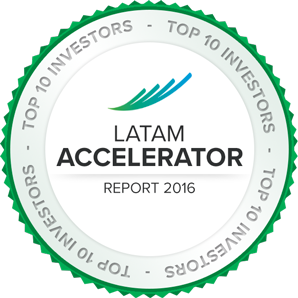
TOP 10 SEED ACCELERATORS
By capital invested
-
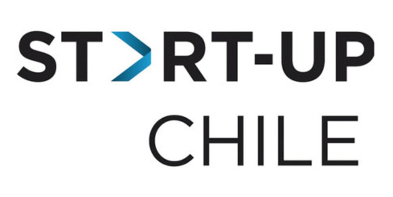
Start-Up Chile
US$5,082,410
Chile | Public fund
-
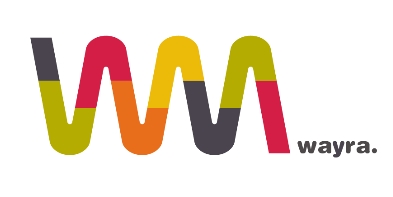
Wayra
US$1,998,603
Latin America | Private fund
-
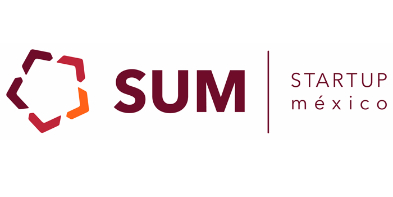
Startup Mexico
US$1,500,000
Mexico | Mix fund
-
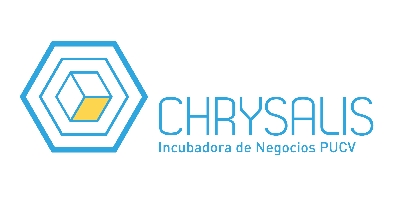
Chrysalis
US$1,168,020
Latin America | Mix fund
-
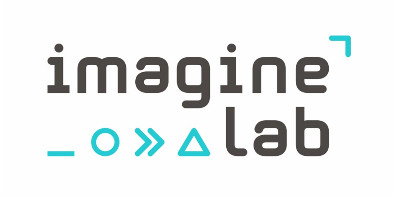
Imagine Lab
US$1,100,000
Chile | Mix fund
-
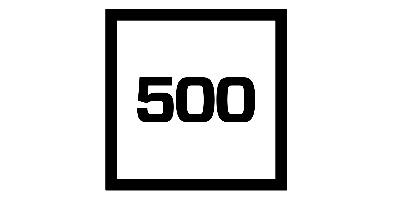
500 Startups
US$900,000
Mexico | Private fund
-
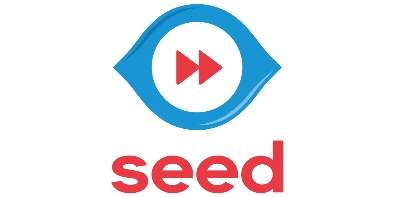
SEED
US$859,600
Brazil | Public fund
-
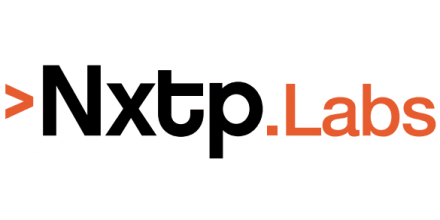
NXTP Labs
US$837,000
Latin America | Mix fund
-
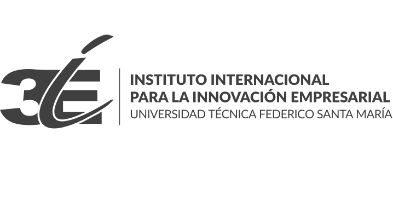
Instituto 3IE
US$825,000
Chile | Public fund
-
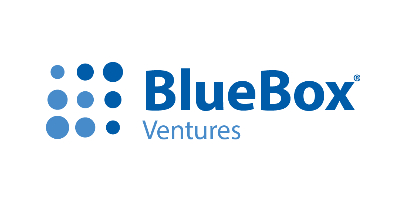
BlueBox Ventures
US$752,167
Mexico | Mix fund
Top seed accelerators ranked by cash amount invested into startups (excludes provided services, mentorship, coworking space, or follow-up investment).
This ranking is not a measure of the success or quality of these programs.
TYPE OF ORGANIZATION
Are you a for-profit organization?
- For-profit
- Not-for-profit
67.9% of accelerators in the region claim to be for-profit ventures, a bit below to what was reported in the 2015 edition (73%). Typically, for-profit accelerators are funded with private capital from investors aiming to generate long-term profit. This is primarily accomplished by the appreciation of their equity in startups, but also by providing business-support services and by offering “acceleration-as-a-service” to large corporations.
Not-for-profit accelerators support industries that provide a specific public benefit, such as Healthtech and Edtech. Others aim to boost entrepreneurship in their communities. They may also focus on providing new opportunities for minority groups, or look to boost economic activity in a given region. These programs and the organizations operating them may be either privately or publicly funded. Generally, these programs do not take equity and instead offer free support.
Examples of not-for-profit accelerators:

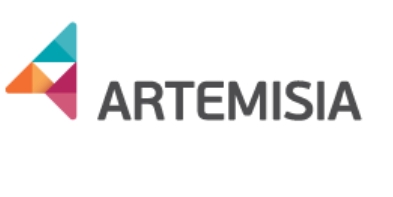

SOURCES OF ACCELERATOR FUNDING
How are you funded?
- Private funding only
- Mix of both (Public/Private)
- Public funding only
-
51.9% of accelerator programs in Latin America are completely funded by private capital. Investors include high net worth individuals, angel groups, private investors (i.e. venture capital investment funds), and/or corporations. They seek to profit through positive startup exits (acquisitions, IPOs, etc.) and by having early access to high-potential tech companies.
35.8% of the programs operating in the region have received a mix of public and private funding, showing a high level of cooperation between public and private organizations.
THE ACCELERATOR BUSINESS MODEL
What was your main source of revenue in 2016?
-
Corporate partnerships (operating acceleration program w/corporation)
30.9%
-
Corporate sponsorship
18.5%
-
No revenue
14.8%
-
Other
12.3%
-
Charge for office space
9.9%
-
Charge for mentorship
7.4%
-
Exit of startups
4.9%
-
Events
1.2%
How will you generate revenue in the medium & long terms?
-
Corporate partnerships (operating acceleration program w/corporation)
61.7%
-
Corporate sponsorship
42.0%
-
Exit of startups
29.6%
-
Other
29.6%
-
Events
23.5%
-
Charge for mentorship
13.6%
-
Charge for office space
12.3%
In the 2015 Report, a majority (79%) of accelerators
indicated that they intended to follow the traditional "cash-for-equity"
model, first established in 2005 by Y Combinator, which involves investing
a small amount of seed money in a startup — around $25,000 on average
— in exchange for equity (usually between 5% and 10%). Increasingly, this model is
+ becoming rare as accelerators reconsider their general outlook.
+ Most likely, the small number of exits — 14 reported in 2016
— has proven insufficient in funding their operations.
Only 5% of Latin American accelerators reported exits
as a main source of revenue in 2016. 58.2% of accelerators
take equity in startups and 30% predict making revenue
from exits in the future – a significant shift from last year.
Accelerators have historically relied on, and continue to explore,
alternative models of revenue generation. 95% of Latin American
accelerators surveyed plan to increase their revenue in the medium-
to long-term by incorporating such models, including, but not limited to,
charging for mentorship, subletting office space, hosting events, and
working with corporations.
As we predicted last year, the relationships between accelerators and
corporations have grown stronger and more numerous.
54.3% of accelerators are at least partially funded by a corporation,
and 76.7% aim to generate future revenue from services sold to corporations.
Corporate revenue generated by accelerators came from two main sources in 2016:
31% was a result of corporate partnerships, generally in the form of a white-labeled
or jointly-run acceleration program created by the accelerator on behalf of the corporation.
19% came from corporate sponsorship packages sold by accelerators.
LATAM ACCELERATOR EQUITY AND INVESTMENT MODEL
Do you invest cash?
- Cash investment
- No investment
Accelerators that do not invest cash generally focus on providing services and resources such as workshops, mentorship, coworking space, and connections.
Do you take equity from participating companies?
- Yes
- No
What range?
-
Equity free
34.6%
-
Between 1% and 3%
1.0%
-
Between 4% and 6%
7.0%
-
Between 7% and 10%
40.0%
-
Over 10%
7.0%
-
Undisclosed
10%
MAIN TRENDS
In 2016, the accelerator model continued to grow and evolve. Four major trends can be identified.
Trend 1: Growing ties between accelerators & corporations
Corporate funding
- Corporate funding
- Non-corporate funding
“Corporations are increasingly engaging in a more meaningful way with startup founders and the broader entrepreneurial ecosystem,” said Bobby Franklin, President and CEO of NVCA. The number of venture capital firms (VCs) has grown by 15.5% each year between 2011 and 2015, according to data from CB Insights. This growth in corporate engagement in the startup ecosystem is beginning to spill over into the accelerator industry.
Corporate revenue in 2017
- Corporate revenue
- Non-corporate revenue
As the accelerator industry matures, we are seeing increased collaboration between accelerators and corporations. “On the one hand, this is because corporations are discovering that accelerators are an efficient and effective way to engage with startups. On the other hand, accelerators understand that corporations can help them fund operations in the short-to-medium term (exits are often far out). They improve the prospects of their portfolio companies that can potentially sell to, raise funds from, or be acquired by these corporations," said Miklos Grof, co-author of this report.
There is a growing trend for corporations to outsource their acceleration programs due to their limited skills in accelerating startups. Some voices in the startup ecosystem, notably high-profile venture capitalist Fred Wilson, welcome this development. He believes, “Corporations should BUY companies. Investing in companies makes no sense,” as cited by CB Insights.
Corporations can benefit from accelerators in 5 different ways:
- Launching a program quickly and cost-effectively: by partnering with accelerators, corporations can quickly enter the acceleration business and adopt best practices developed by accelerators over years of operation.
- Enhancing deal flow: by accessing the accelerator’s immense marketing power and network.
- Staying up to date: by having access to an accelerator’s deal flow, they receive insight into the innovation pipeline in their market. Corporations have learned that competitors now often come from the startup world.
- Building an innovative corporate culture: by placing their corporate executives as mentors in the accelerator or by enabling their own corporate executives to innovate. In the latter case, the new product could be placed into a separate company that is then accelerated by the accelerator.
- Building a more innovative brand: by aligning with accelerators and their startups which have become symbols of innovation in the eyes of the public.
Examples of accelerators that are aligning themselves with corporations include: Ace, Startup Farm, and NUMA Mexico.
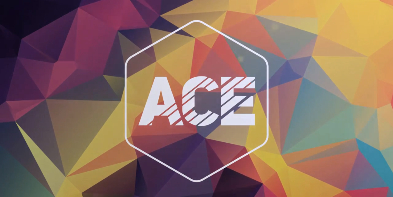
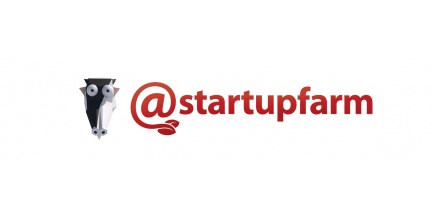
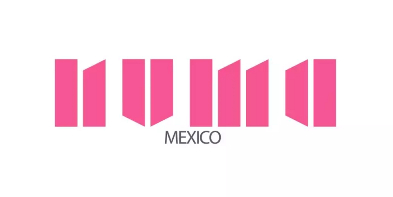
Trend 2: Verticalization
Are your program(s) focused on specific verticals?
- Yes
- No
Accelerator verticalization is driven in part by the following:
- Establishing core competence: accelerators have realized that it is hard to attract and choose high potential startups when they are 'jack-of-all-trades'.
- Responding to corporate clients: the expertise of a corporate sponsor or partner is confined to the industry in which it operates.
- Brand building: in order to offer more "concentrated" value to startups and attract the best founders, accelerators need to position themselves in their ecosystems and attract more experienced mentors and investors."
Continuing the trend identified in the 2015 report, the acceleration landscape in the region is increasingly moving towards verticalization, with over half (58%) of the region's accelerators running programs focused on a particular industry or sector niche. This trend is likely to continue as regional startup ecosystems continue to mature. This is a very positive development because verticalized accelerators generally bring more value to startups through more qualified acceleration teams, larger pools of quality mentors within the industry, and close corporate ties to related markets.
Some examples of vertical programs in Latin America include NXTP Labs, with its Fintech and Agritech programs, and BCI Labs.
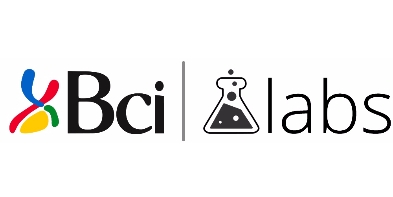

Trend 3: Expansion
Do you plan to expand to new locations in 2017?
After reaching a certain level of maturity, expansion becomes a natural next step for well-established accelerators. This growth comes in three forms: by opening new vertical programs, by launching new programs in different cities, or by launching programs internationally. Some examples include the recent launching of programs run by European and US accelerators, such as Numa México and Fledge Peru. More programs are expected to come to the region in 2017, including Rockstart Colombia and Startupbootcamp Fintech Mexico. But expansion also happens from within Latin America, with local accelerators launching programs in neighboring countries.
According to Sebastien Brunet, co-author of this report, “There are different reasons for which an accelerator decides to go abroad: to help their startup portfolios expand into new markets by providing softlanding services, to source innovative startups from new regions or to increase the quality of their deal flow and reinforce their brands on an international level.”
International expansion usually happens in two ways:
- By merging or acquiring an already existing accelerator in a new country.
- By partnering with a local player, for example a VC fund.
Trend 4: Blurring lines
Traditionally, the norm for an accelerator was to accelerate 10-30 startups per year by investing $20,000-$50,000 in each business.
Today, accelerators often operate across the investment life cycle in an attempt to fill the gaps in local startup ecosystems and cater to potential financial partners and sponsors. These include governments, universities, and corporations. New operating models have evolved immensly, thereby blurring the lines between accelerators, incubators, and early-stage funds. Of the 82 accelerator programs included in this report, 36% described themselves as a combined accelerator, incubator, venture capital fund, and/or angel group.
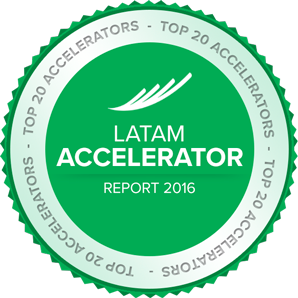
TOP 20 ACTIVE ACCELERATORS
By number of startups accelerated in 2016
-
-
Country
-
Accelerator
-
Startups accelerated in 2016
-
-
-

-
Start-Up Chile
-
170
-
-
-

-
Startup Mexico
-
128
-
-
-

-
New Ventures
-
117
-
-
-

-
Lemonade
-
116
-
-
-

-
NXTP Labs
-
111
-
-
-

-
BlueBox Ventures
-
105
-
-
-

-
Social Good Brasil
-
60
-
-
-

-
Instituto 3IE
-
55
-
-
-

-
Startup Farm
-
51
-
-
-

-
Imagine Lab
-
45
-
-
-

-
Chrysalis
-
43
-
-
-

-
Wayra
-
40
-
-
-

-
MacondoLab
-
39
-
-
-

-
ACE
-
38
-
-
-

-
SEED
-
35
-
-
-

-
HubBOG
-
35
-
-
-

-
Ideas Factory
-
33
-
-
-

-
StartupLab MX
-
32
-
-
-

-
NUMA Mexico
-
30
-
-
-

-
Emprende FCh
-
29
-
This ranking is not a measure of the success or quality of these programs.
HOT MARKETS
in the region in 2016
% of accelerators that reported an interest in investing in these markets in the next 12 months
-

Agritech
66.7%
-

Fintech
66.7%
-

Internet of things
64.2%
-

Big data analytics
50.6%
-
Education
44.4%
-
Saas
44.4%
-
Cleantech
37.0%
-
Mobile apps
32.1%
-
Cloud services
32.1%
-
E-commerce
30.9%
-
Biotech
28.4%
-
Others
27.2%
-
Adtech
24.7%
-
Social media analytics
21.0%
-
Drones
21.0%
-
Wearables
21.0%
-
Health
19.8%
-
Real estate
8.6%
THE LOCAL INSIGHT
How do you see the accelerator model changing /evolving in Latin America in the next couple of years?
-


-
Pedro Waengertner
ACE (Brazil)
The accelerator model has evolved a great deal in the last few years around the globe. In Latin America we see startups getting better and better, which makes our job in selecting the best a lot harder. This is good news. We are great believers in partnering with large companies. The key is being really creative and figuring out better ways to improve innovation and drive the startup mindset onto c-level executives. We will probably see many more companies searching for these capabilities as the model matures. At Ace, we are hiring a lot of staff now to focus on innovating our corporate acceleration process.
-


-
Marta Cruz
NXTP Labs (Argentina)
The acceleration model in Latin America is shifting from multi sector acceleration to a vertical focused acceleration model. This allows accelerators to deliver more value to their startups, by providing more specific workshops, mentors and networking opportunities. Verticalization also enhances the collaboration between corporates and startups that need to test their business models, leading to an increase of corporate accelerators, white label programs operated by established accelerators on behalf of a corporation and a mixture of both.
-


-


-
Javier Gotschlich
Director at Chrysalis (Chile)
Regarding Latin America, I have seen huge progress in the startup culture during the last decade. It started with the development of an entrepreneurial mindset within Latin America and is producing startups that focus not only on their own countries or regions, but on the globalized world.
For the next couple of years, rather than changing the acceleration model, we are going to see an evolution of it. There will be increased synergy between accelerators and venture capital firms or other private capital entities. This will allow companies to internationalize their value proposition into Latin America. Also, we will see increased interaction between traditional companies and accelerators in order to find new solutions to old problems with new technologies. Because of this, we will see stronger tech startups coming from Latin America that are supported by stronger startups ecosystems.
Also, I think we will see more international attention on Latin America. Venture capital firms and global accelerators will appear on the scene to try to articulate with local partners given the maturity of some of the ecosystems of Latin America.
-


-
Gustavo Huerta
CEO BlueBox (Mexico)
In the next few years, the public sector will reduce funding to the acceleration sector, which will allow new players from the private sector to enter the industry and launch new programs that will cover different stages of the startup lifecycle. Corporations will play a crucial role in the evolution of the entrepreneurial ecosystem.
-


THE REPORT
-
157
Institutions contacted
57% more than 2015
-
98
Replies
4% more than 2015
-
65
Accelerators
18% more than 2015
-
11
Countries
2 more than 2015
Accelerator programs by country
-

Brazil
26
-

Chile
14
-

Mexico
14
-

Argentina
7
-

Colombia
7
-

Peru
6
-

Uruguay
3
-

Venezuela
2
-

Paraguay
1
-

Costa Rica
1
-

Nicaragua
1
